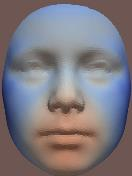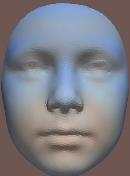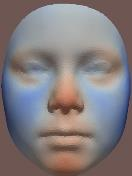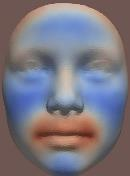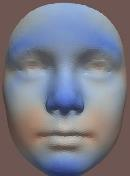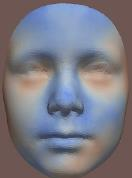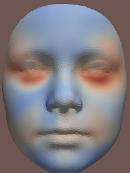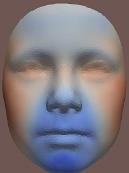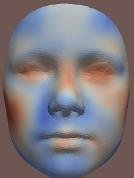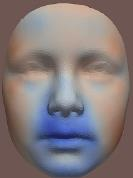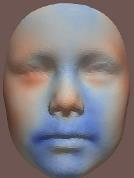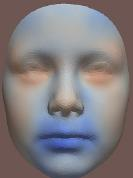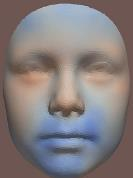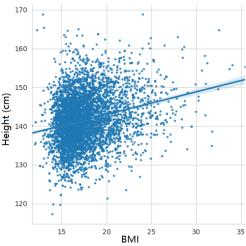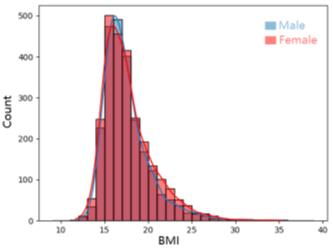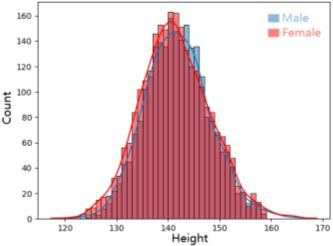Confounding bias is a crucial problem when applying machine learning to practice, especially in clinical practice. We consider the problem of learning representations independent to multiple biases. In literature, this is mostly solved by purging the bias information from learned representations. We however expect this strategy to harm the diversity of information in the representation, and thus limiting its prospective usage (e.g., interpretation). Therefore, we propose to mitigate the bias while keeping almost all information in the latent representations, which enables us to observe and interpret them as well. To achieve this, we project latent features onto a learned vector direction, and enforce the independence between biases and projected features rather than all learned features. To interpret the mapping between projected features and input data, we propose projection-wise disentangling: a sampling and reconstruction along the learned vector direction. The proposed method was evaluated on the analysis of 3D facial shape and patient characteristics (N=5011). Experiments showed that this conceptually simple method achieved state-of-the-art fair prediction performance and interpretability, showing its great potential for clinical applications.
翻译:在应用机器学习实践时,特别是临床实践中,相互纠结的偏见是一个关键问题。我们认为学习表现与多重偏见是独立的问题。在文献中,这主要是通过从所学的表述中清除偏见信息来解决的。然而,我们期望这一战略会损害表述中信息的多样性,从而限制其预期用途(例如解释)。因此,我们提议减少偏见,同时将几乎所有信息保留在潜表层中,从而使我们能够观察和解释它们。为了实现这一点,我们将潜伏特征投射到一个学习的矢量方向上,并强制执行偏见与预测特征而不是所有已知特征之间的独立。为了解释预测特征与输入数据之间的映射,我们建议预测出出出错:按照所学的矢量方向进行取样和重建。拟议方法是在分析3D面形和病人特征(N=5011)的基础上进行评估的。实验表明,这一概念简单的方法达到了最先进的预测性能和可解释性,显示了临床应用的巨大潜力。









